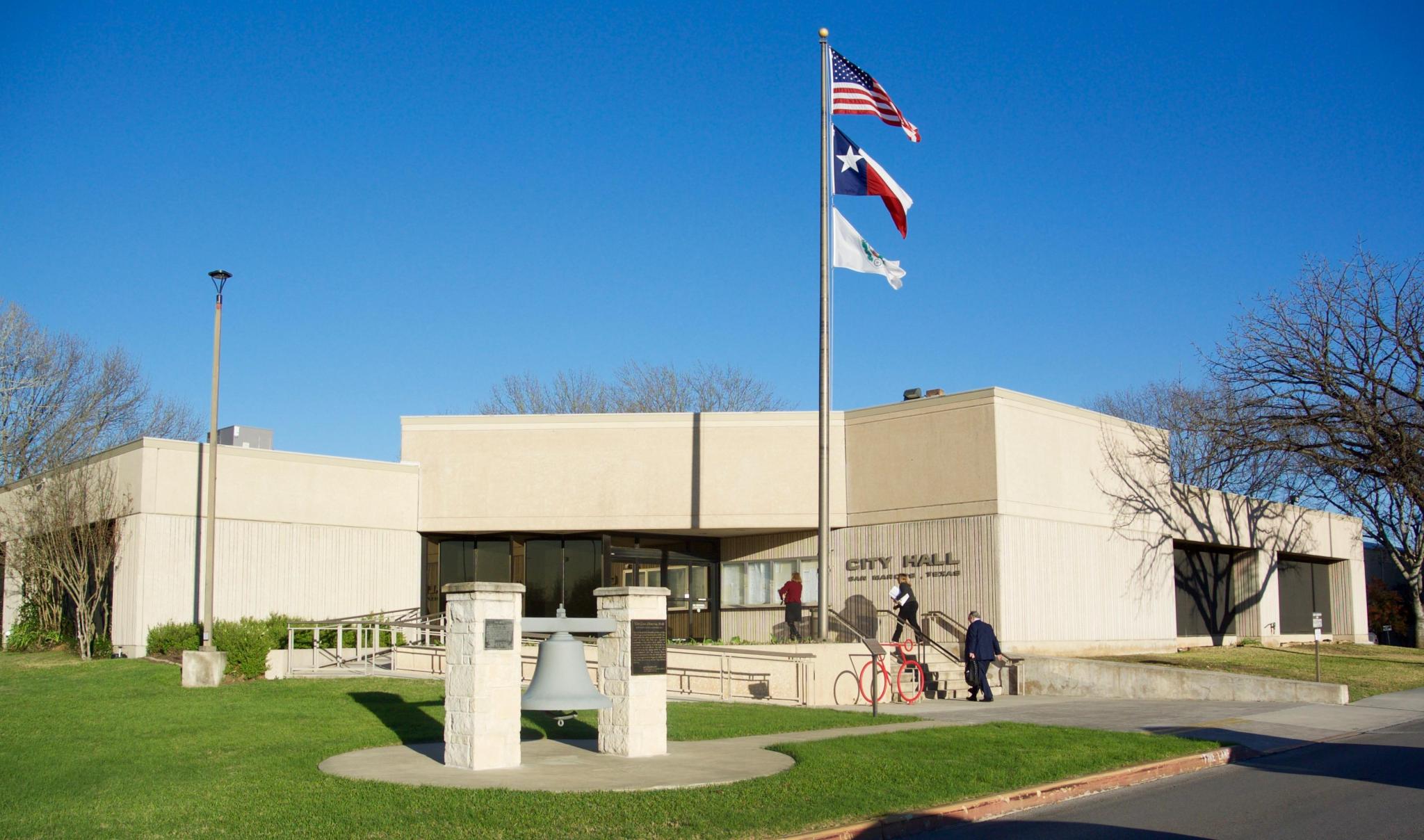
Commission hears workforce housing presentation
A draft action plan for tackling the lack of workforce housing in San Marcos will be ready this month, planner Abby Gillfillan told the Planning and Zoning Commission at its most recent meeting.
Gillfillan gave a presentation on the SMTX 4 All housing task force and the work it is doing to determine housing needs in San Marcos. The task force has been meeting since last fall and gathered data about housing in San Marcos from a research firm and from residents.
“We needed to understand the housing challenges in San Marcos in order to really propose solutions that meet our needs as a community,” Gillfillan said.
Gilfillan’s presentation mentioned the “continuum of housing” – the varying income levels found within San Marcos and the fact that different strategies need to be used for each income level. Thirty-eight percent of households in San Marcos are considered “extremely low income,” earning less than $25,000 per year. Another 24 percent are considered “very low income,” earning between $25,000 and $43,000 per year. Fifteen percent of households are “low income,” earning $43,000 to $68,000 per year. Just 13 percent of households are considered “workforce,” earning between $68,000 and $103,000 per year, and 10 percent of households earn $103,000 per year or more.
When comparing San Marcos incomes to the area median income for the Austin-Round Rock metropolitan statistical area, Gillfillan said, “A good percentage of our population is actually below the median.”
She also gave the different definitions of “workforce” at plan.
“‘Workforce,’ in the housing industry, is typically defined as people who earn between 80 and 120 percent of the median income,” she said. “... The city council’s definition of workforce housing is everybody making up to 140 percent of the area median income.”
To illustrate the changes in housing prices, Gillfillan used teacher salaries. On average, teachers in San Marcos earn about $50,000 a year, she said. In 2011, 57 percent of the homes in San Marcos were available to people in that income range. By 2017, only 11 percent of the homes here were available for people earning $50,000 a year. In 1999, Gillfillan said, median rent in San Marcos was $622; it has gone up to more than $900.
The city conducted a needs assessment and found four primary areas where action needs to be taken in order to provide more affordable housing for San Marcos residents. First, the assessment said, there need to be a greater number of affordable rentals for residents earning less than $25,000 a year. At the same time that the rent went up for many low-cost rentals, the city gained 2,500 to 3,000 residents who need low-cost housing.
“That is a gap that is existing and widening,” Gillfillan said.
The second need the city discovered was the need to prevent displacement. Gillfillan defined displacement as being forced to move rather than choosing to move. The city also found a need for homes priced near or below $200,000 and an increased diversity of options for homeownership, and a need to improve the condition and accessibility of existing housing stock.
Gilfillan said the SMTX 4 All group has formed five working groups focusing on different aspects of the issue: preventing displacement, facilitating new housing, long-term affordability, development code amendments and public outreach. The group is on track to have a draft housing action plan in June.
Gillfillan said that after receiving input from the public on the draft plan, “We’ll have a final housing action plan and the task force’s work wraps up in September.”
Council will receive the action plan in October.











